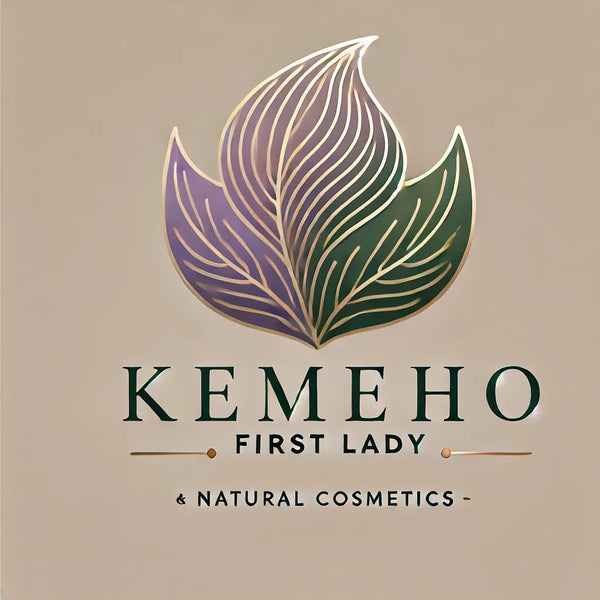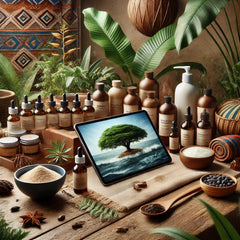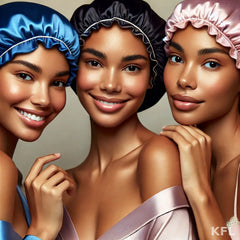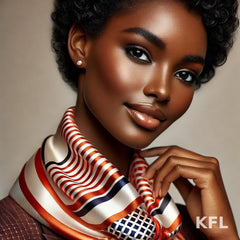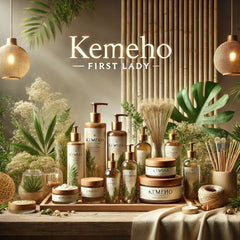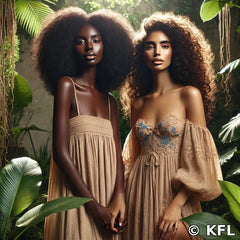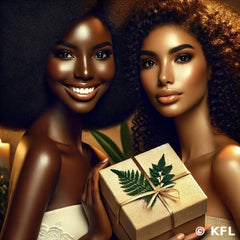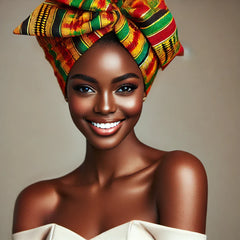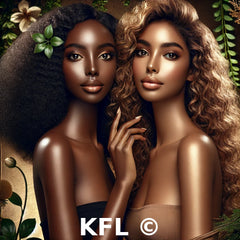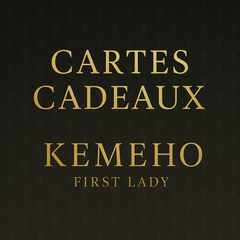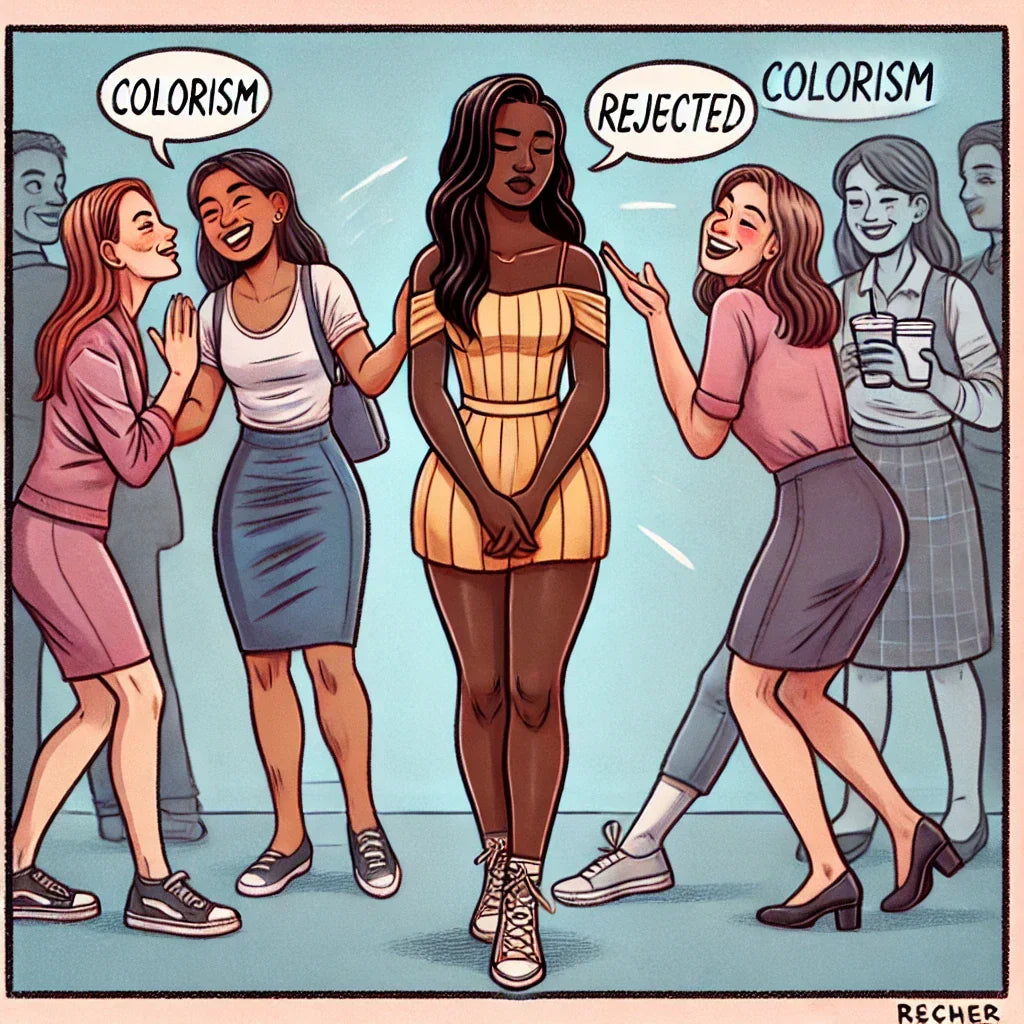
Racism and Colorism Experienced by Black and Mixed-Race Women: Intersectionality and Racial Privileges
Share Label

The Racism and Sexism Affecting Black Women
Black women in the West face a particularly violent form of rejection known as misogynoir, a term coined by American author Moya Bailey. Misogynoir refers to the intersection of racism and sexism, which causes black women to be rejected and devalued in all aspects of life. Not only are they discriminated against because of their skin color, but they also face oppression due to their gender. As such, they are doubly discriminated against: by their gender and skin color.
Black Women and Misogynoir
Black women are often portrayed in stereotypical roles: they are hypersexualized, perceived as less beautiful or feminine, and frequently rejected in social and professional settings. They face discrimination in the workplace, in romantic relationships, and even in the realms of fashion and beauty. Although many cosmetic brands now aim to offer products for black women, these representations are still often stereotypical and do not always reflect the diversity of experiences and realities of black women.
The Privilege of Colorism and the Mixed-Race Woman
On the other hand, mixed-race women benefit from the privilege of colorism. This means that, while mixed-race women may experience racism, they often enjoy privileged treatment due to their lighter skin. This skin privilege often grants them more visibility in media, modeling, fashion, and cosmetics products for black women. Mixed-race women are often highlighted in beauty campaigns to "represent" black beauty, as they are perceived to be closer to Western beauty standards. Their racial mix grants them a form of respectability and acceptance in societies that value lighter skin.
The Marginalization of Dark-Skinned Black Women
In contrast, dark-skinned black women are often left out of these representations. The media, fashion, and beauty industries have long excluded dark-skinned black women from beauty standards. These women are often made invisible and marginalized because their skin color is seen as less "desirable" or "acceptable" by the racist standards of Western societies. This social and media rejection reinforces the feelings of devaluation and rejection that these women experience in their daily lives.
Conclusion: Breaking Stereotypes and Celebrating Diversity
Fighting against misogynoir and the discrimination faced by black and mixed-race women is essential in creating a more inclusive and equitable society. It is crucial to celebrate the diversity of black beauty by highlighting black women of all skin tones and offering authentic representations that reflect the reality of their experiences. Colorism and misogynoir must be fought to ensure that all black and mixed-race women feel valued and respected in their beauty and identity.
